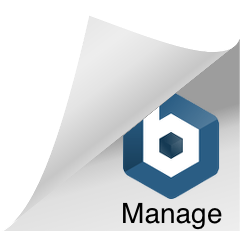The Importance of Health Literacy in Patient Education
Today, there are a range of options when it comes to educating patients. From paper brochures, to plastic models, videos and digital solutions, physicians have tools at their disposal to provide meaningful information to their patients. But are patients retaining the information that’s given to them?
When talking about patient education, it’s important to consider health literacy as well. What does this mean exactly? Health literacy is one’s ability to find, understand, and use information to inform health-related decisions. When patients are presented with material that’s difficult to understand, this causes a health literacy issue.
Every patient is going to understand and digest information at different levels, so the same teaching methods may not work as effectively for all patients. Physicians need to take extra care to make sure the patient is fully understanding.
When explaining difficult conditions one on one, it’s helpful to incorporate educational resources with the patient. Present materials to them directly, and make sure it’s in their preferred format. Some patients like a wealth of information, others prefer visual learning with anatomical models, videos and infographics. Explain conditions in detail and reference the educational materials as you go to further cement learning. Not sure if a patient is understanding a concept? Ask them to explain it back to you.
We can have the best health education resources on the planet, but this is meaningless if the patient can’t comprehend them. In your next consultation, pay extra attention to make sure your patients have a full understanding.
At CheckedUp, we focus on organizational health literacy – “the degree to which organizations equitably enable individuals to find, understand, and use information and services to inform health-related decisions and actions for themselves and others.” Our goal is to provide physicians with a breadth of educational resources in the location they matter most.



